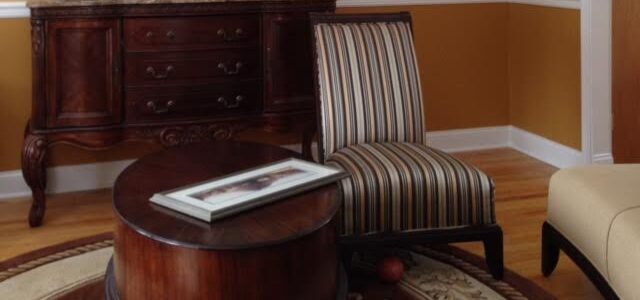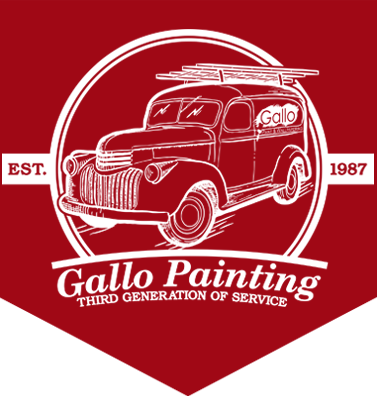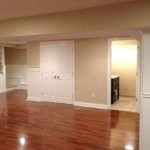
Painting Mistakes to Avoid
Qualified and experienced Interior house painters like the pros at Gallo Paint are expert on the application, condition, and care of the coatings (that’s the paint, primer, stain, etc.) on the surface of the interior and exteriors of our homes in Danbury, CT and surrounding areas. Not only do they spruce up and freshen the look of our homes, but they can spot trouble spots on a surface and correct them before the paint ever goes on the wall.
Seven mistakes made when painting
Painting is fun! But when undertaking a paint job on our own, as non-professionals, common pitfalls and rookie mistakes show up on our walls all the time. Perhaps you’ve inherited a space that needs a drastic rethinking, or when we ourselves are taking the look of our homes in bold new directions, we often approach painting projects with a lot of vision and enthusiasm but with no real knowledge about the art and craft of applying paint to walls.
- Choosing the wrong color—almost everyone has done it. We get excited about trying out a daring new look for our homes by choosing a new paint color, we see a small paint chip in the store (usually under fluorescent light) that looks like a winner, but when you get it home and on your walls, it dries darker than you thought it would and it absorbs all the light and life in the room.
- Not prepping you workspace—more than just prepping the surface to be painted; clear the room of clutter, obstacles, and pets or children. These hindrances can quickly cause disaster when open cans of paint are around.
- Not cutting in—“cutting in” refers to the practice of painting the outline of a wall where it meets the ceiling or other surfaces not to be painted. Cutting in provides a buffer zone between the roller that you’ll use to paint the majority of the wall and those surfaces that are not getting painted. When a painter does not cut in with paint before rolling the paint on the wall, they risk bumping the ceiling with a paint-loaded roller.
- Overbrushing—repeatedly smoothing the painted surface with the brush can cause brush strokes to dry in the paint, especially with latex paint. Don’t be tempted to massage the paint in. Once the surface is evenly covered, then move on. And remember: two thin coats are better than one thick coat.
- Overspraying—stray paint droplets can find their way into the air and unto unintended surfaces when using a can of spray paint or a spray applicator. Taping and covering surfaces not to be painted is the best insurance against overspray.
- Not priming—priming a surface for paint accomplishes two things. A primer will provide a more grippable surface for the paint to adhere to and ensure a longer lasting professional-looking paint job. Primers also seal the surface to be painted and cover up any stains, fading, or discoloration on the original surface. Primers, especially printed primers, can also reduce the amount of paint needed to cover a surface completely. That saves time, money, and effort.
- Using the wrong paint—different formulations of paints and primers are made for different surfaces and applications. Using the wrong type of paint, or even using the right type of paint over an old surface with the wrong type of paint can scuttle any hopes for a professional looking job.
The professional interior house painters of Gallo Paint know how to prepare and prep a job before the paint goes on, how to apply the paint artfully and expertly, and to clean up the job site responsibly and effectively.








